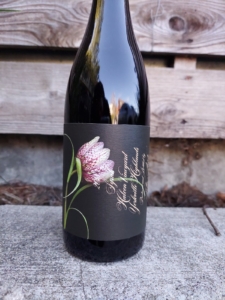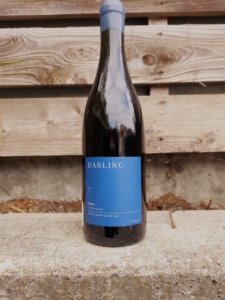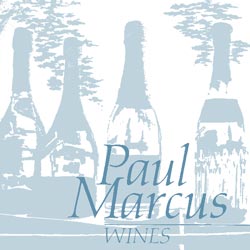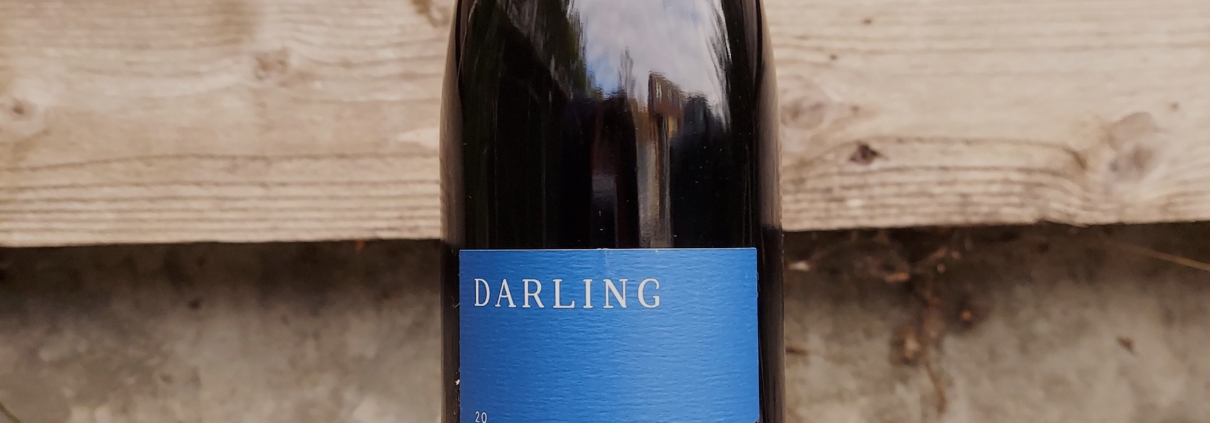There’s this phrase that always bugs me, and I find it all over wine bottles and web pages: “Winemaker XYZ believes that wine should be made in the vineyard…” Really? Then why’d you spend all that dough on the winery? So why pay attention to the “winemaker” when we could talk to the vineyard manager? Are they really denigrating their own profession?
No, they don’t mean that. They mean it’s preferable to have grape juice that’s already got all its elements in balance than it is to have grape juice that needs some “adjusting” in the winery–that having to “correct” your numbers in the laboratory isn’t the optimal approach to making great wine. When they write, “Great wine is made in the vineyard,” they’re saying the vineyard produces grapes so perfect that no fancy laboratory winemaking trickery is necessary.
Then you wonder: Surely, that is so uncontroversial it hardly needs mentioning, but it must warrant mentioning if so many do. And perhaps it is because the vast majority of wine made in the world is made the opposite way. With non-artisan wine, the grapes are just raw material that will be broken apart and adjusted as desired. If farming costs can be lowered, great; any shortcomings in the grapes can be corrected later. (The horror…) Industrial production may be necessary, but we should be very thankful that we have, and have access to, handmade wines from all over the world, including right nearby.
At PMW, we get to taste a lot of extremely fine syrah. We have many examples from the great sites of the Northern Rhone valley, the ancient terraced granitic slopes that produce Côte-Rôtie, Cornas, Saint-Joseph, and more. Against this standard, it’s a challenge for a Californian wine to stand out and make a claim for itself–in terms of excellence and value.
Right now, we have two local expressions of syrah that I’d like to highlight, wines that hold their own against any made elsewhere. They are beautifully ripe, “pop” with black fruit and earth aromatics, and coat the palate and linger. And both come in at less than 13 percent alcohol, which means they were farmed with intention and a sure hand. Neither relies on hidden sugar, or oak, or any “additions.” There’s no winemaking trick here, just really good fruit.
 Jolie-Laide has established itself as one of California’s premier (tiny) wineries. Their wines are made in small quantities, and the demand for them is strong, so we don’t get much to sell. Their 2018 Halcón Vineyard syrah, from 2600 feet up in the Yorkville Highlands AVA in Mendocino, is a beauty. At 12.5 percent alcohol, it offers texture, flavor, and weight that would delight even a crusty Frenchman.
Jolie-Laide has established itself as one of California’s premier (tiny) wineries. Their wines are made in small quantities, and the demand for them is strong, so we don’t get much to sell. Their 2018 Halcón Vineyard syrah, from 2600 feet up in the Yorkville Highlands AVA in Mendocino, is a beauty. At 12.5 percent alcohol, it offers texture, flavor, and weight that would delight even a crusty Frenchman.
 Jolie-Laide being excellent isn’t shocking; they’ve now got a 10-year track record. Newcomer Darling Wines, however, is a surprise. The 2019 Flocchini syrah, made in the southern portion of the Petaluma Gap AVA, not far from San Pablo Bay and in the path of constant winds, is a baffling wine. It’s one thing to get perfumed voluptuous fruit (that’s easy in this state); it’s another to have your wine come in at 11.9 percent alcohol, with all the virtues that brings. (That lightness encourages another glass.) It’s really a treat to get both in the same wine.
Jolie-Laide being excellent isn’t shocking; they’ve now got a 10-year track record. Newcomer Darling Wines, however, is a surprise. The 2019 Flocchini syrah, made in the southern portion of the Petaluma Gap AVA, not far from San Pablo Bay and in the path of constant winds, is a baffling wine. It’s one thing to get perfumed voluptuous fruit (that’s easy in this state); it’s another to have your wine come in at 11.9 percent alcohol, with all the virtues that brings. (That lightness encourages another glass.) It’s really a treat to get both in the same wine.
These two wines prove California can grow great grapes (syrah included) and put them in the hands of thoughtful winemakers.

